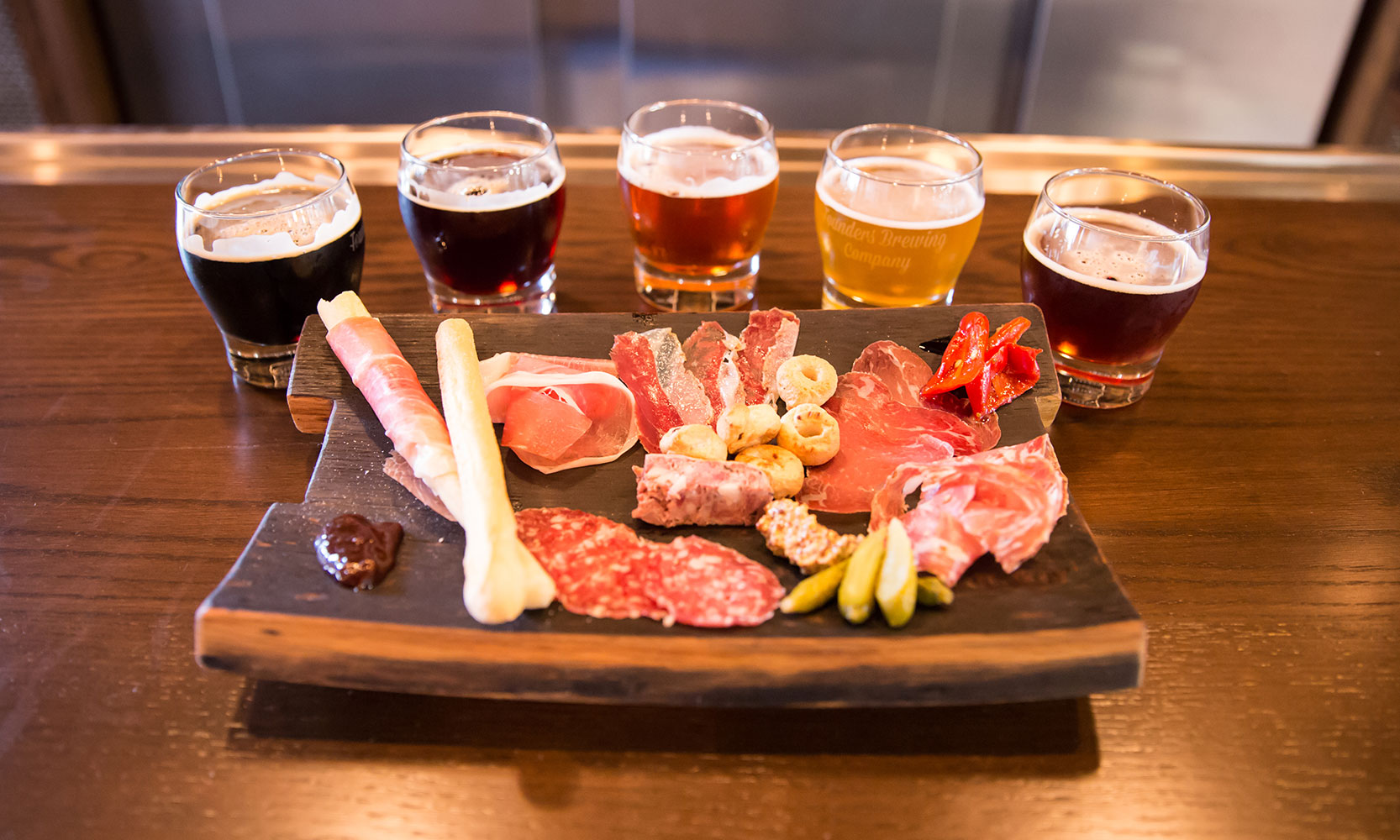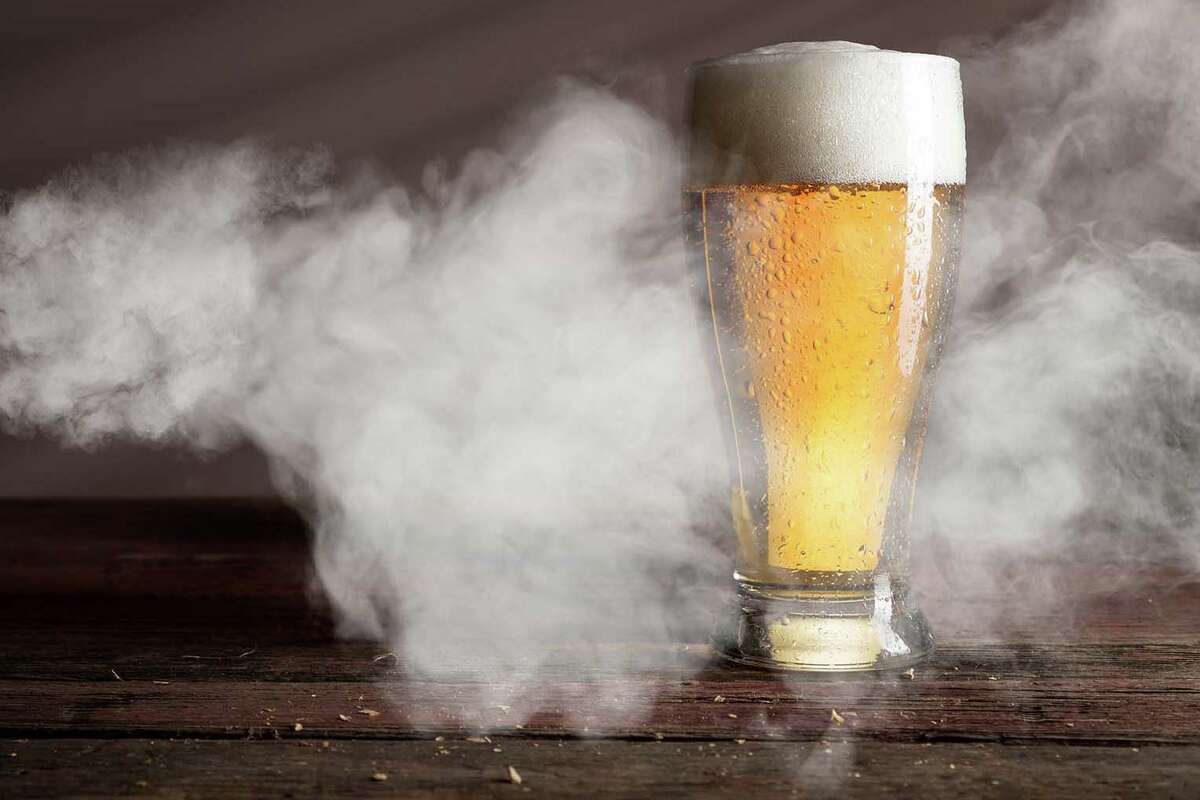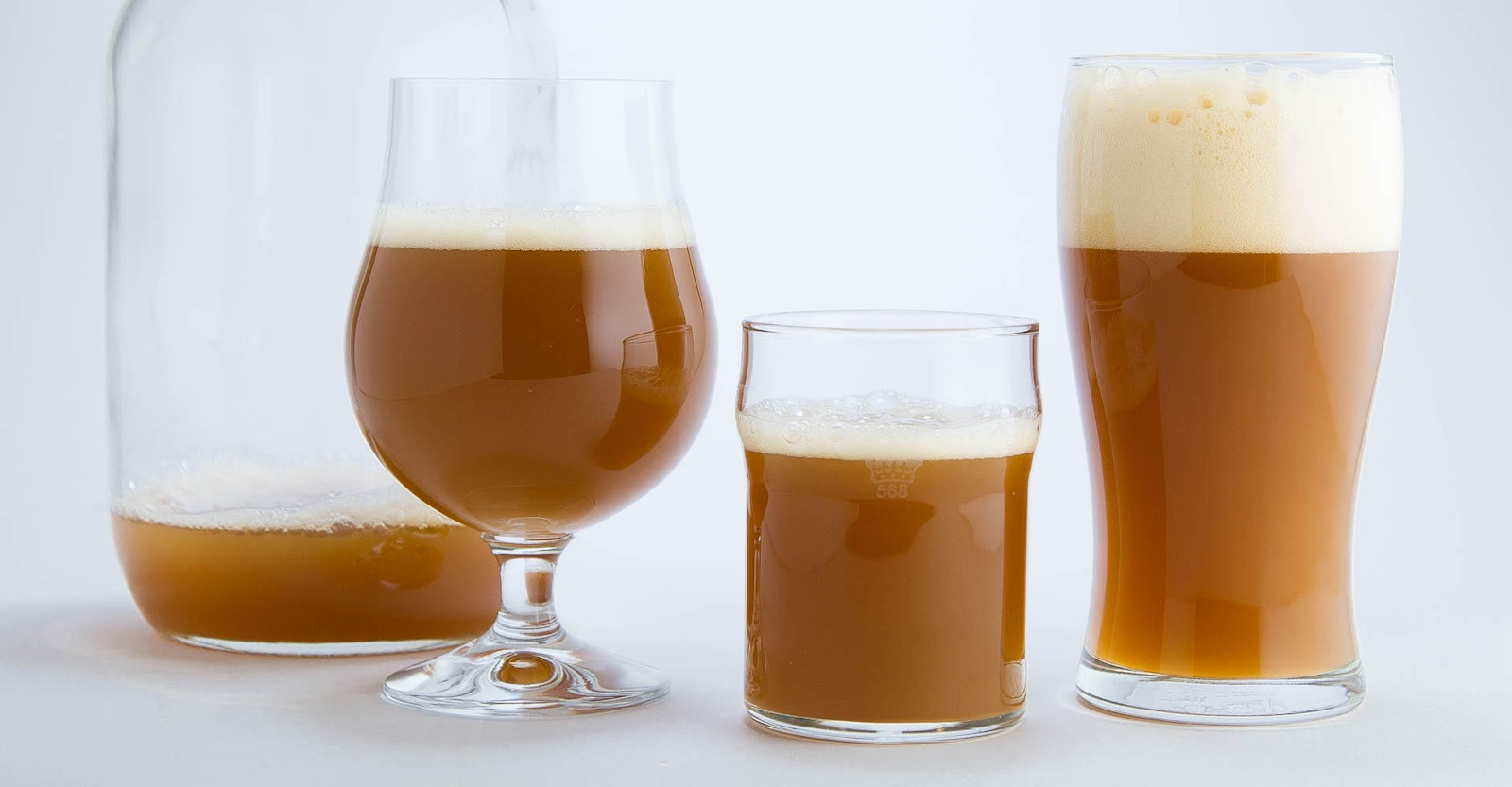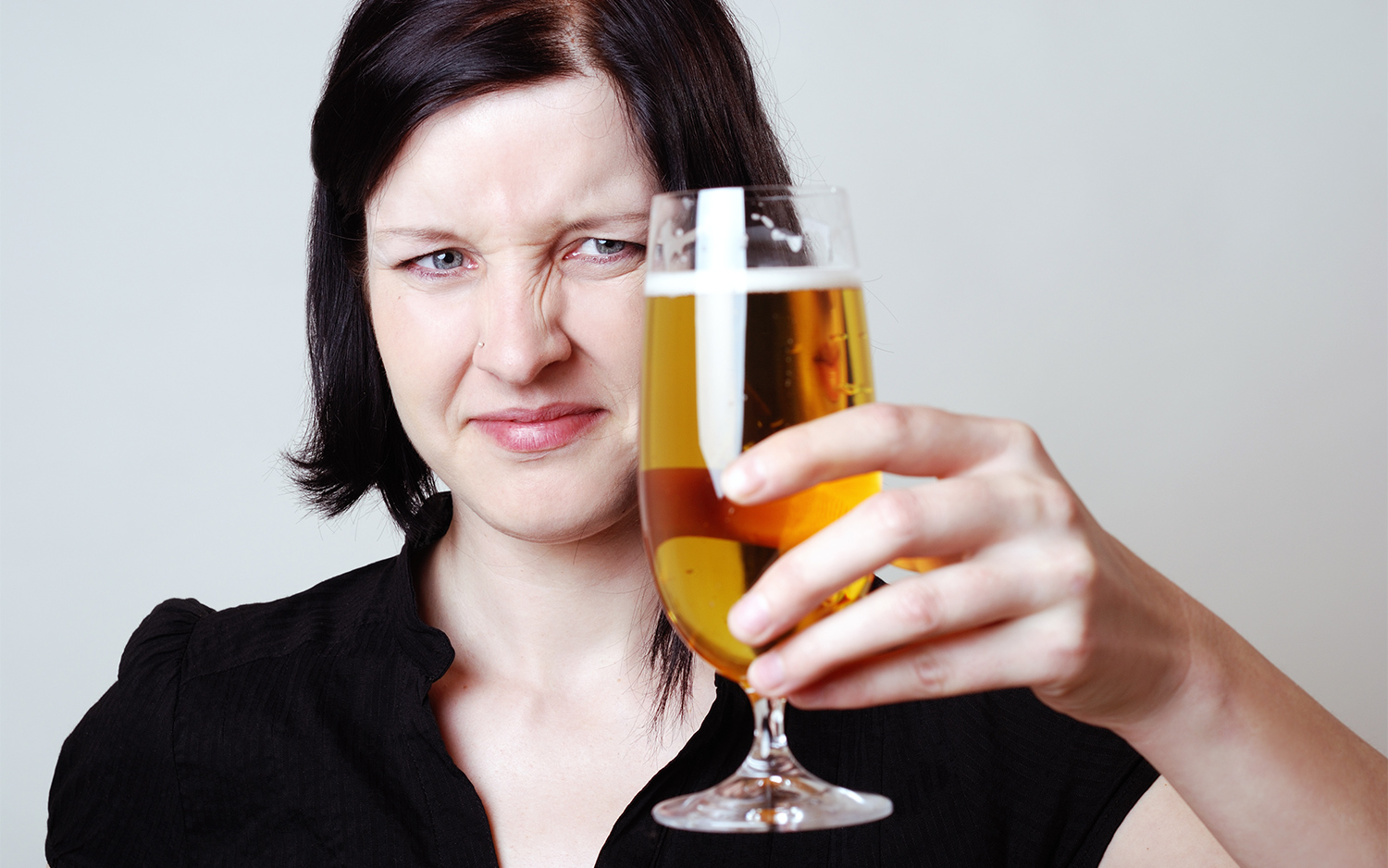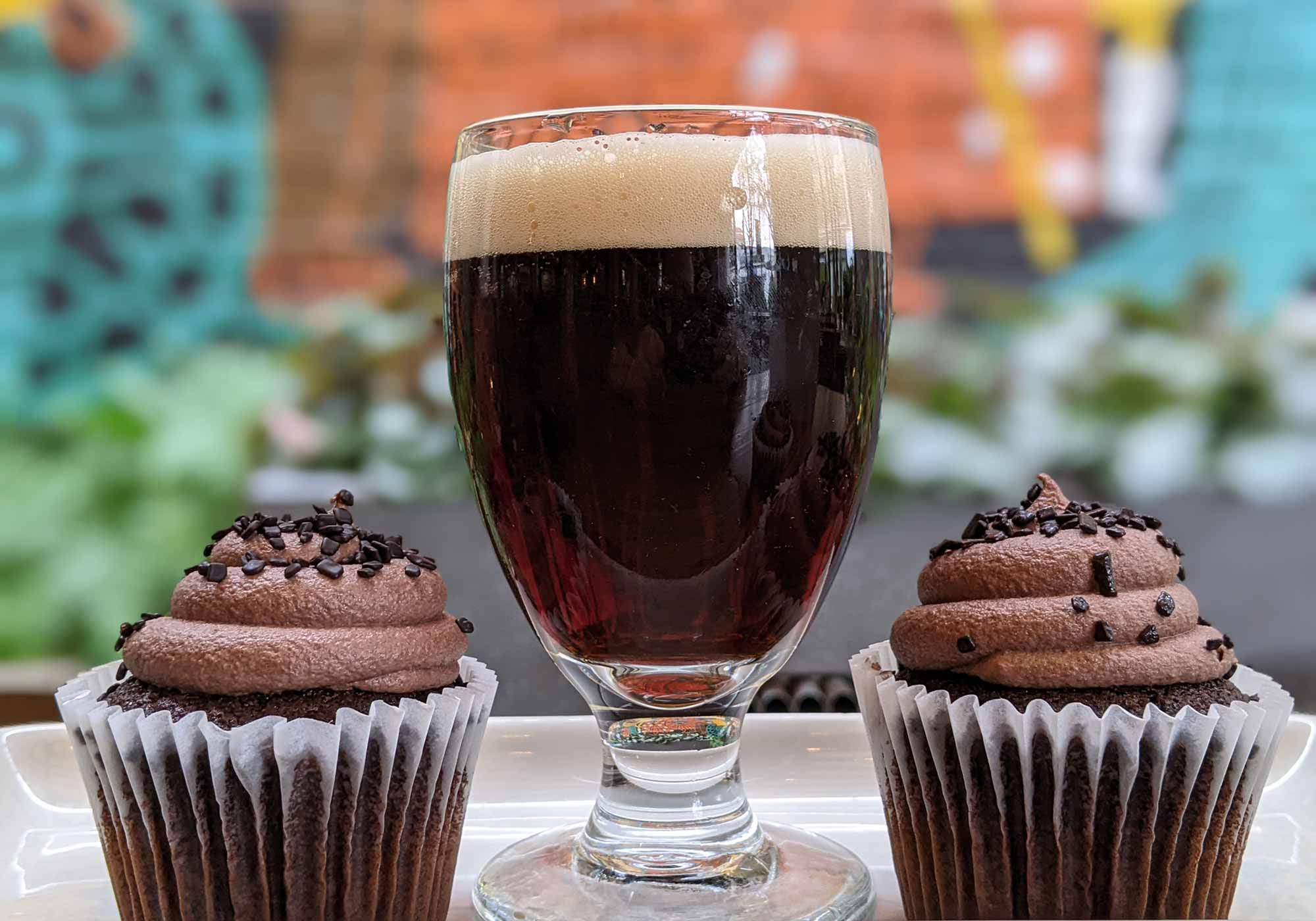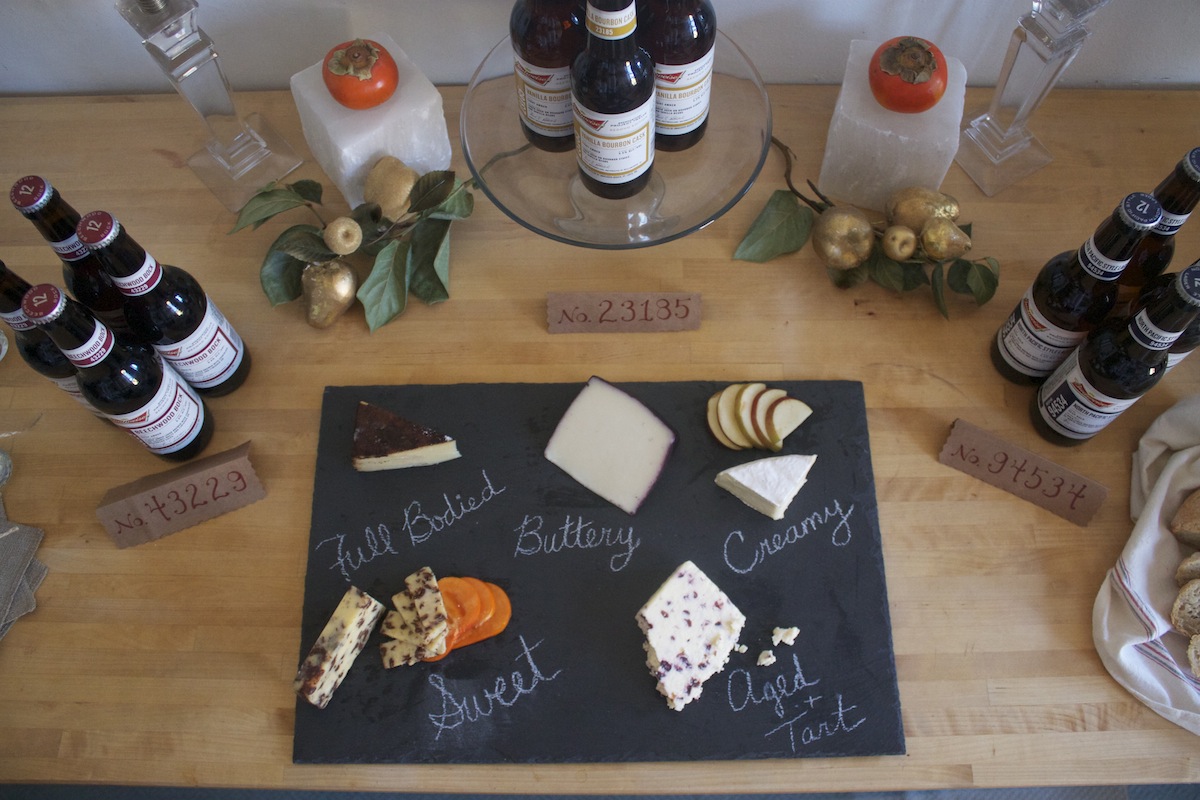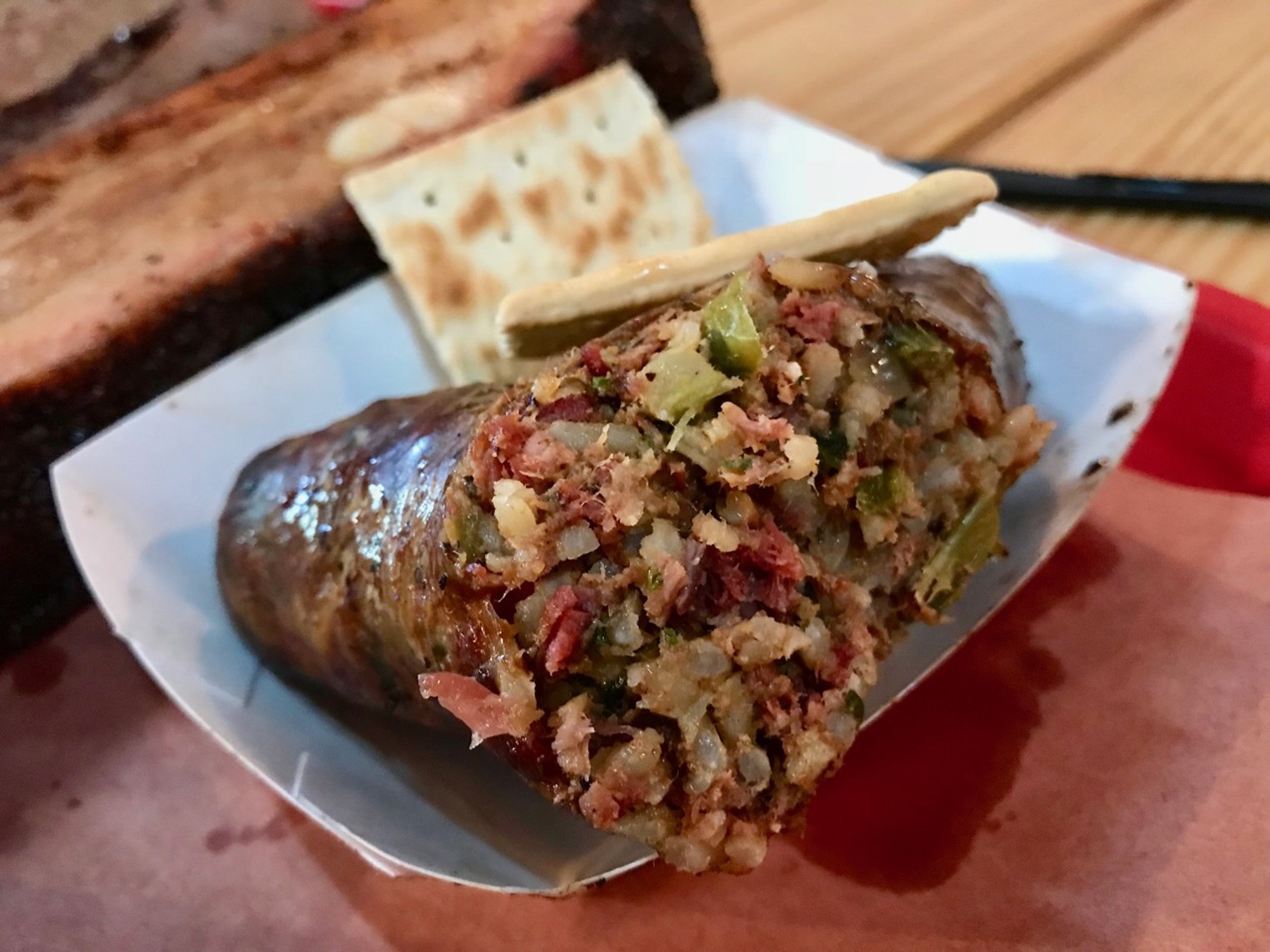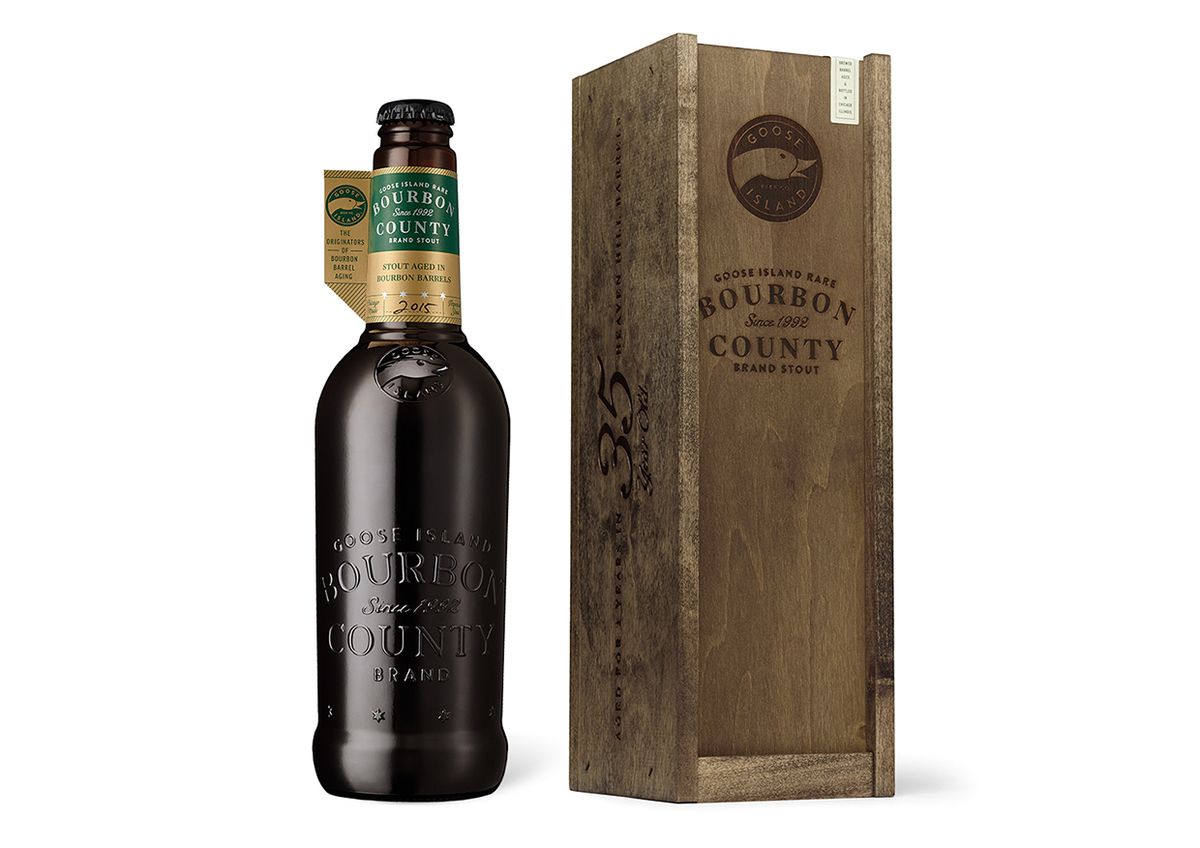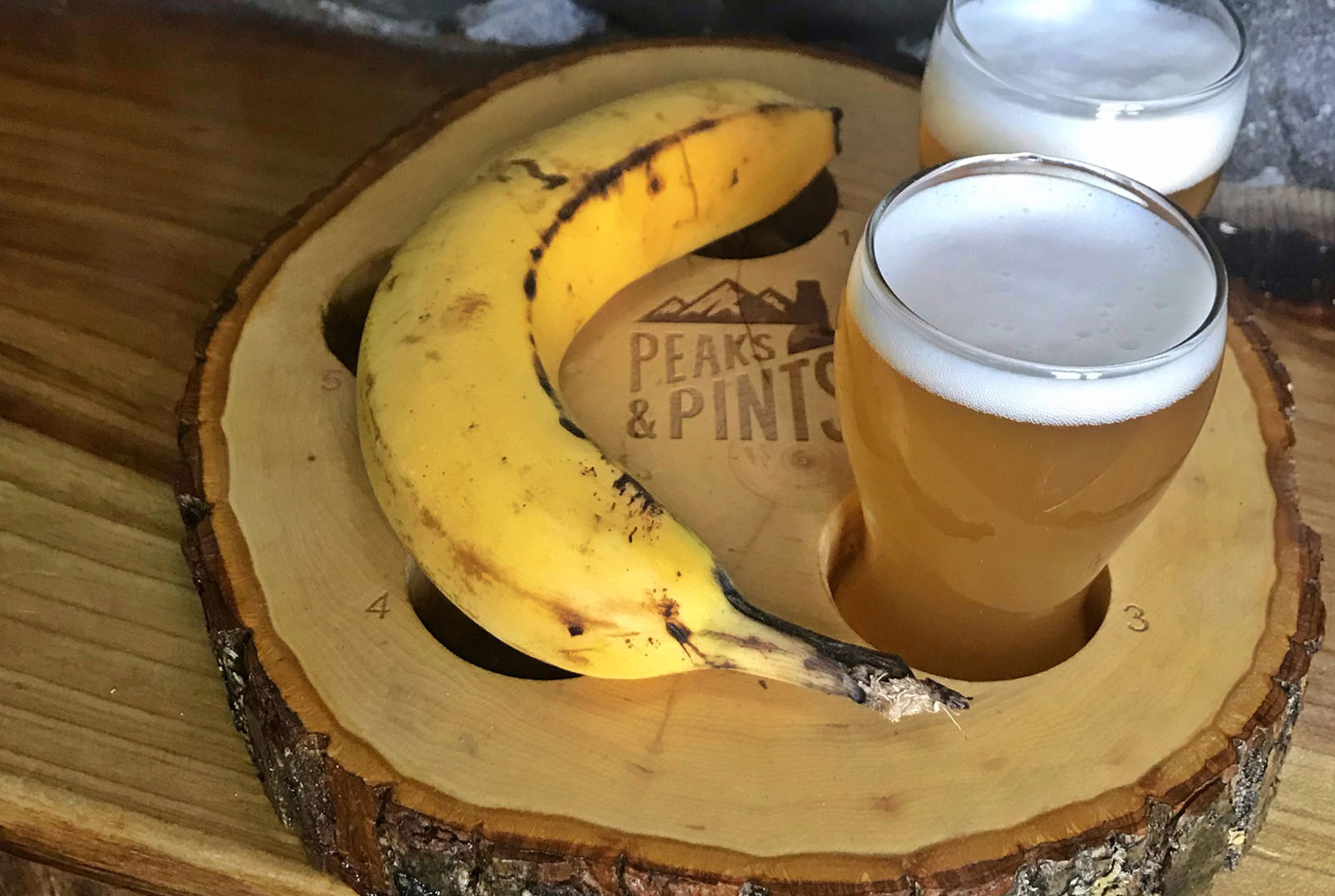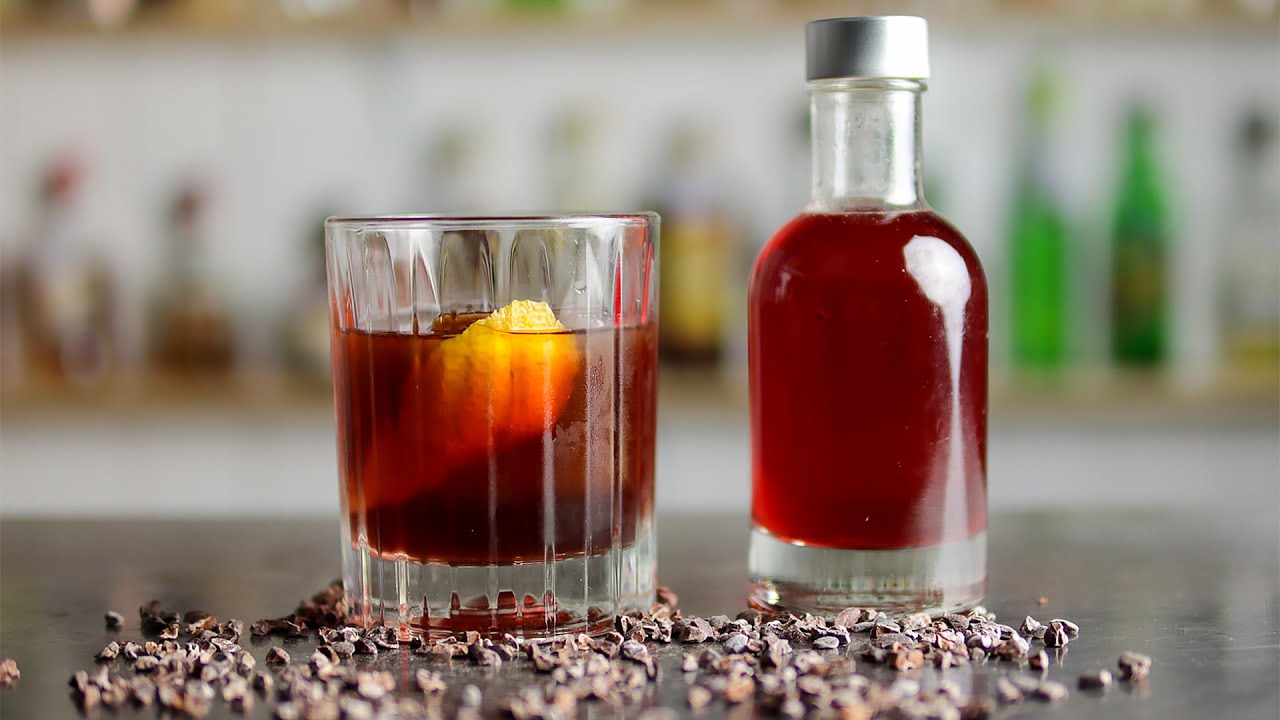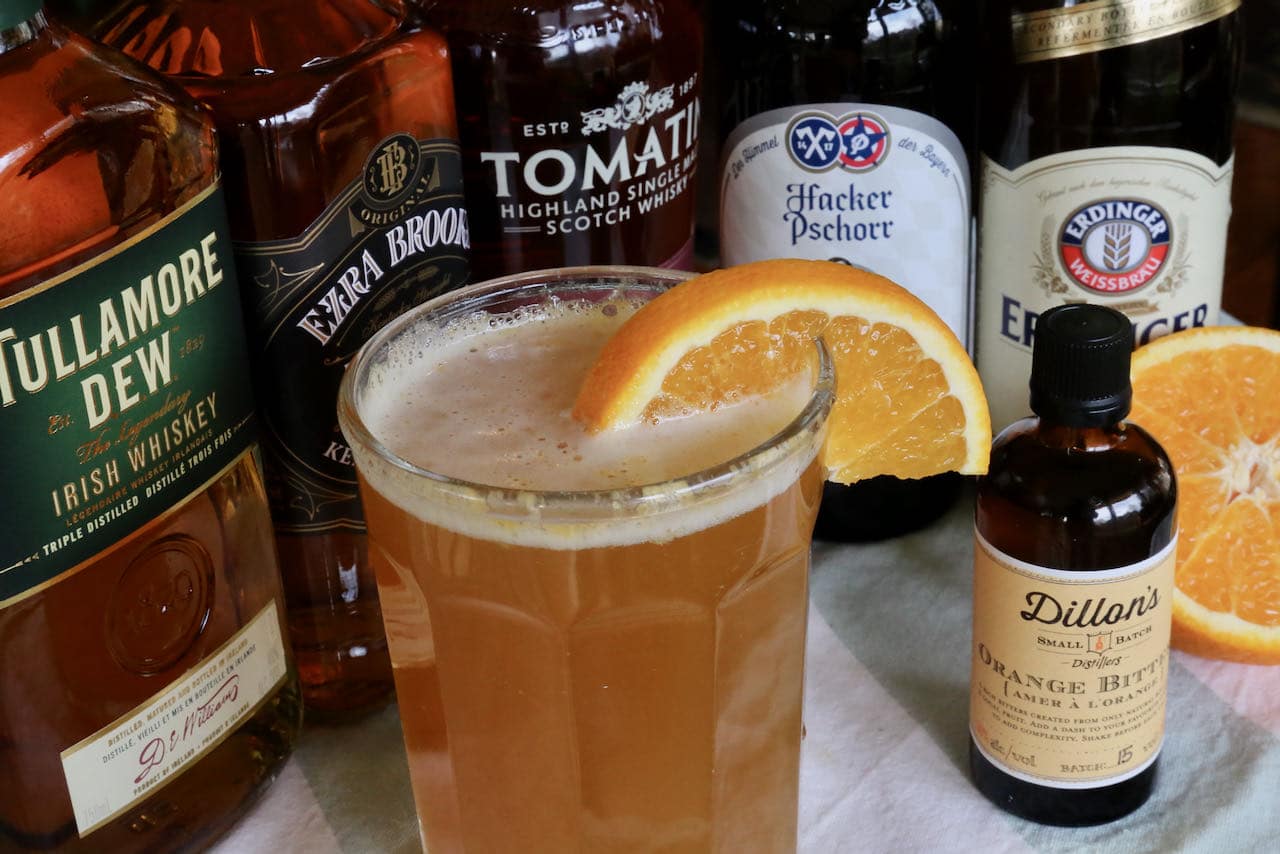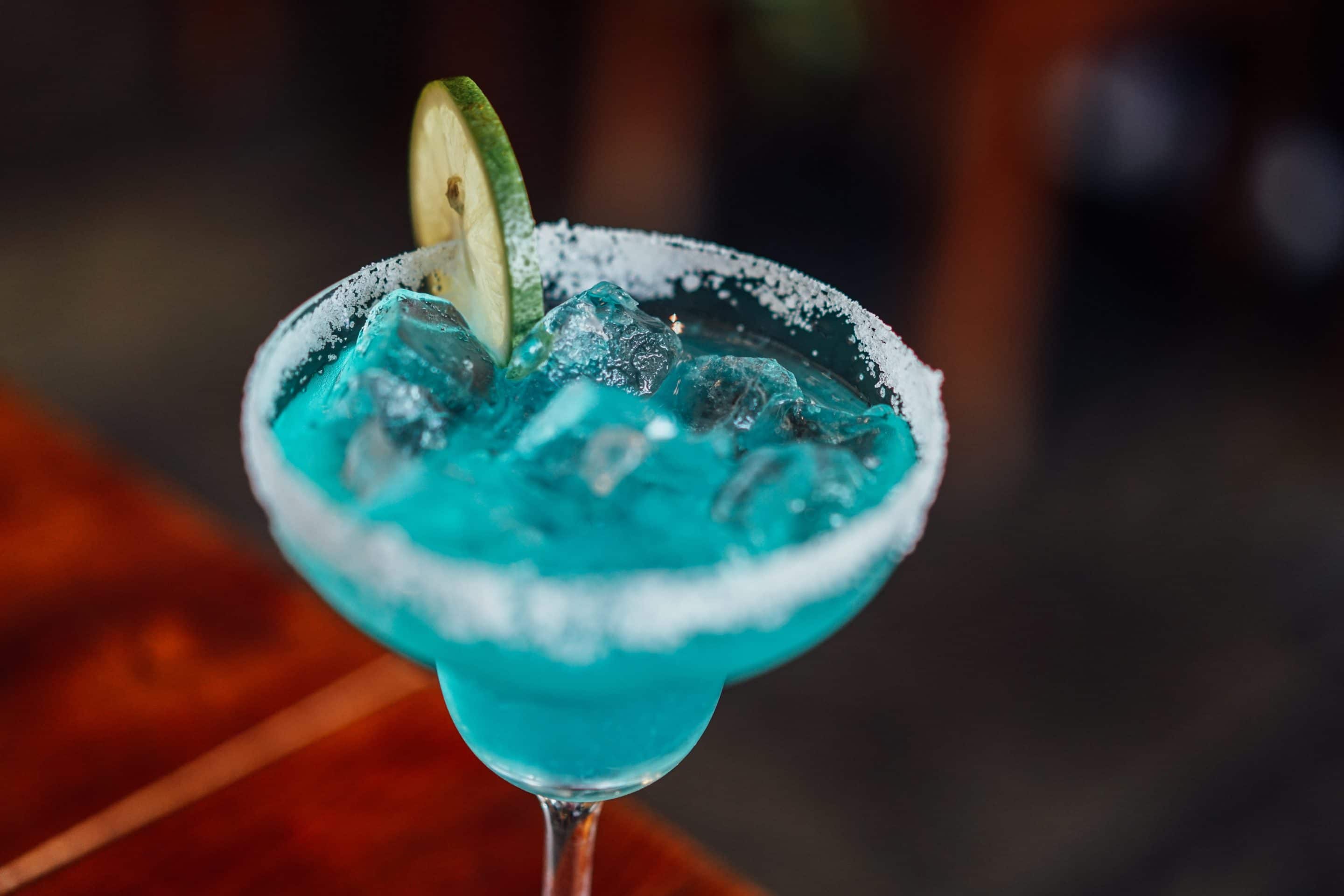Beer Tasting: How to Tell the Skunky From the Merely Funky
Are you a fan of beer? Whether you enjoy a crisp lager or prefer a hoppy ale, there’s nothing quite like the experience of tasting a well-crafted brew. However, not all beers are created equal, and sometimes you might come across one that has a less-than-pleasant aroma or flavor. In this blog post, we will explore how to distinguish between a skunky beer and one that is merely funky.
What Causes Skunky Beer?
Skunky beer can occur when beer is exposed to ultraviolet (UV) light, typically in clear or green glass bottles. The UV light reacts with compounds in hops, creating a chemical reaction that results in a distinct skunky smell. This is often compared to the smell of a skunk, hence the name.
Identifying Skunky Beer
So, how can you tell if a beer is skunky? Here are a few key indicators:
- Strong Odor: Skunky beer has a pungent and overpowering odor that can be off-putting. It may remind you of the smell of marijuana or skunk spray.
- Skunky Taste: When you take a sip, skunky beer will have a distinct and unpleasant taste. It can be difficult to describe, but you’ll know it when you taste it.
- Light Sensitivity: If a beer is in a clear or green glass bottle, it is more susceptible to skunking than beer in brown or aluminum cans. Be cautious when choosing beers packaged in these types of containers.
If you encounter a skunky beer, don’t be discouraged! It’s important to remember that taste is subjective, and what one person finds unpleasant, another may enjoy. However, if you’re seeking a different flavor profile, it’s best to steer clear of skunky brews.
The World of Funky Beers
While skunky beer may not be desirable for many, there is a whole realm of funky beers that are intentionally crafted to offer unique and complex flavors. These funky beers are often experimental and showcase the creativity and artistry of the brewers.
Here are a few examples of funky beer styles:
- Brett Beers: These beers are fermented with Brettanomyces yeast, which imparts distinctive flavors like barnyard, horse blanket, or funky cheese.
- Sour Beers: Sour beers undergo a process of bacterial fermentation, resulting in tart and acidic flavors.
- Barrel-Aged Beers: These beers are aged in wooden barrels, often imparting flavors like vanilla, oak, or even a hint of bourbon.
Exploring the world of funky beers can be an exciting journey for beer enthusiasts who are looking for something out of the ordinary. Don’t be afraid to try new styles and expand your palate!
Conclusion
When it comes to beer, not all funky flavors are created equal. While skunky beer is generally considered undesirable, funky beers offer a world of unique and interesting tastes for those willing to explore. By understanding the causes and characteristics of skunky beer, you can make more informed choices when selecting your next brew. So, take a sip, embrace the funk, and enjoy the diverse flavors that the beer world has to offer!
